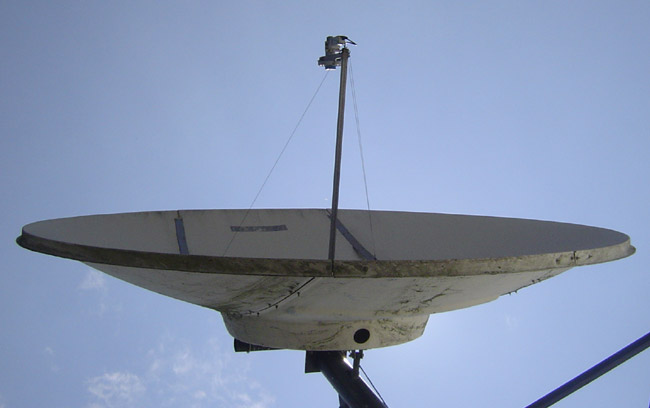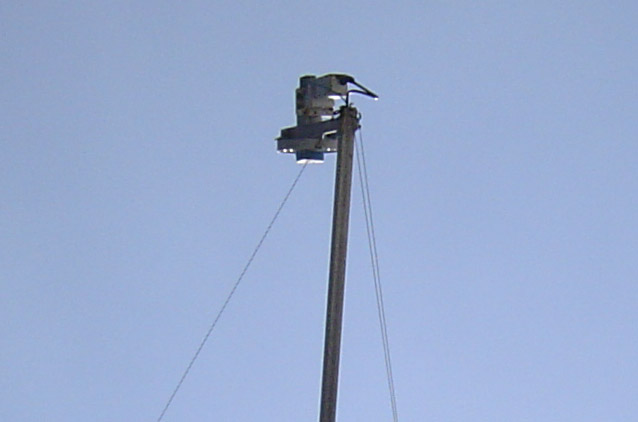Update:There is a better way: www.engineeringradio.us/blog/2011/03/tunein-radio/
Ahh, since I posted about my android, a few readers have emailed me and would like to know. If you have tried to stream audio using a smartphone web browser, you have found out that it simply doesn’t work. The web browser is unable to decode the radio station stream because most of them are in AAC, AAC+, HeAACv1 or some other codec. At this point, most people give up on the idea and move on. I, on the other hand, determined that it should be doable.
First, I attempted to down load a few apps, but they either crashed or didn’t do what I wanted or weren’t in the right language, or something.
Clear Channel has something called iHeartRadio, which is a clearing house for mobile users that want to listen to Clear Channel radio streams on their iPhones. I don’t know, once you have heard one Kiss-FM station, you’ve heard them all as far as I am concerned. Most other Clear Channel programming is boring and uninspired.
What I finally ended up doing was going to Moodio and reading up on a few things. Here is a good step by step way to use Moodio to listen to radio station web streams on any mobile device.
- Be aware that not all data plans are the same. ATT, Sprint, and others now cap data transfer and charge extra if a subscriber goes over. Know your plan.
- On a regular computer, go to Moodio (http://www.yourmuze.fm/)
- Set up a user account
- Select from there list, the stations you want to listen to. They have many US stations as well as many from Europe. If the station you are looking for is not there, you can request that it be added.
- Select the default data rate. Since I have unlimited data, I chose the highest rate for the best sounding audio. Others may want lower data rates so as not to exceed data caps.
- Point your mobile device web browser to www.m.yourmuze.fm
- Log into your account
- The stations on your listen list will be displayed.
That is a lot of steps to take. Somebody has to be very into radio or a radio station to do something like that. A forward thinking radio station or group will be writing or paying somebody to write mobile streaming apps for their stream(s). A forward thinking radio station or group would then feature links to these apps prominently on their web pages. Very prominently if they are in a PPM market. Ahem, very prominently if they are in a PPM market.
That is what a forward thinking radio station would be doing…



